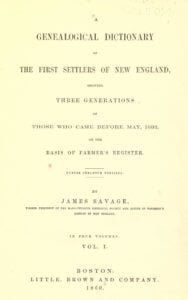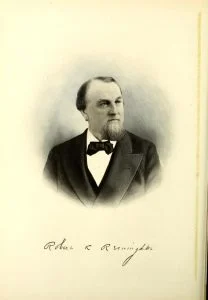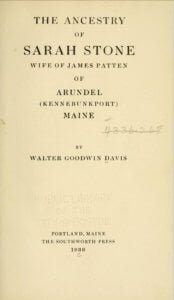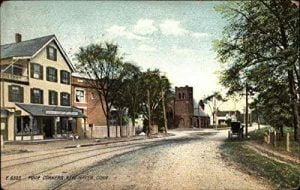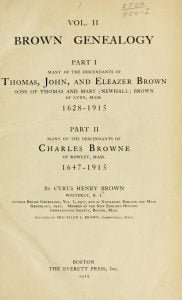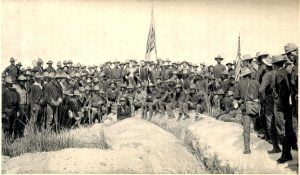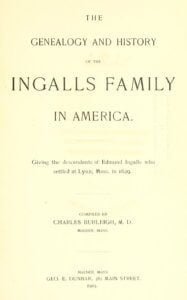Howard Family of Brockton Massachusetts
This article is to treat particularly of the John Haward/Howard branch of the family to which belonged the late Daniel S. Howard, who was one of Brockton’s foremost citizens and most successful shoe manufacturers; his brother, Gorham B. Howard, now retired, who for a number of years was one of that city’s successful merchants, engaged in the dry goods business; and the former’s sons, Warren A. Howard, now deceased, who for years was extensively engaged in the manufacture of shoes, and Daniel S. Howard, Jr., who is president of the Emerson Shoe Company, of Rockland, Massachusetts.




